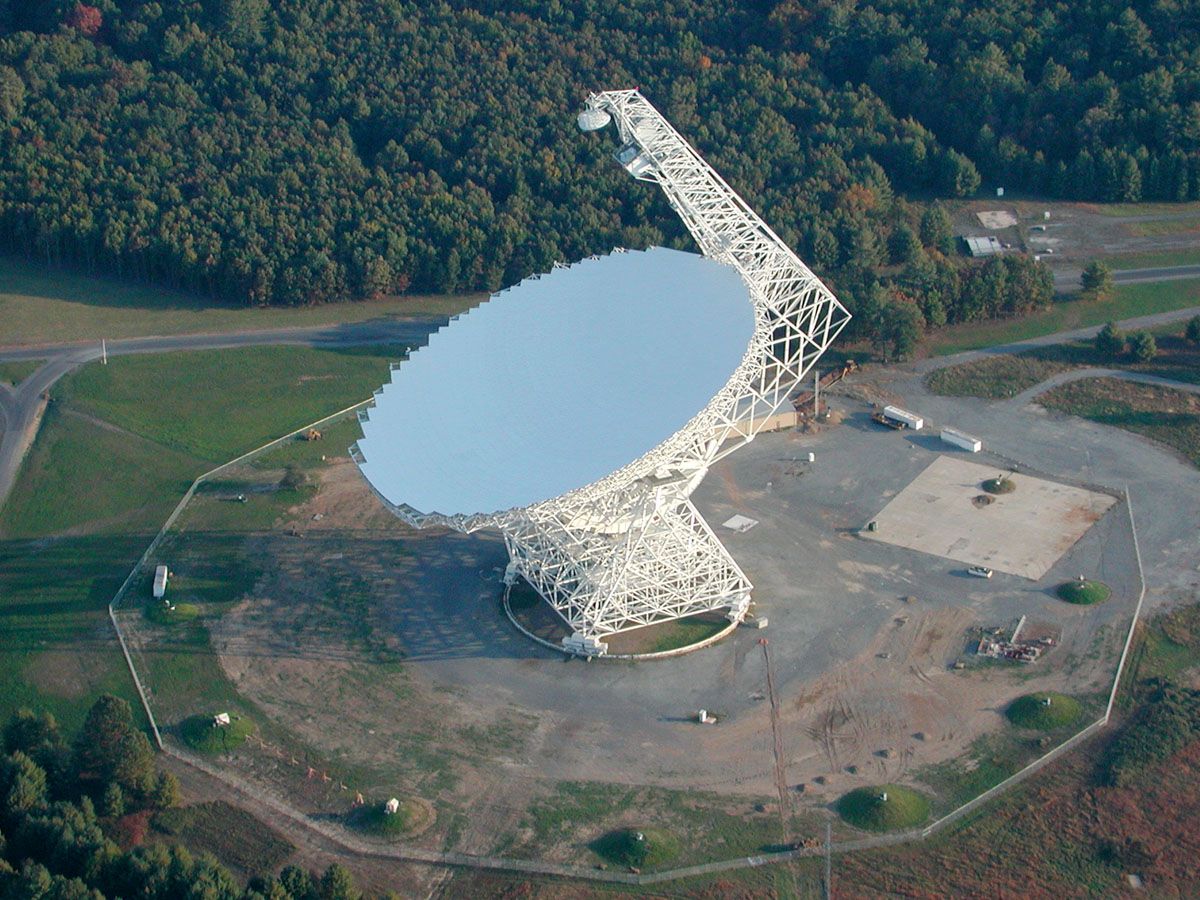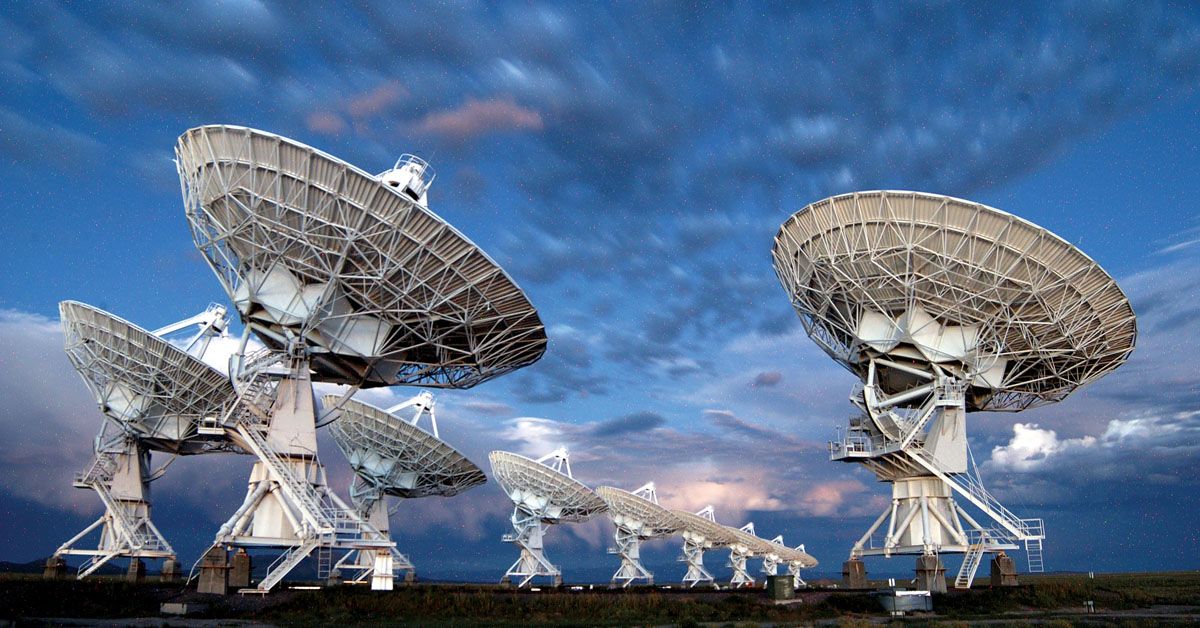Ever wondered how humanity would react to a message from an extraterrestrial civilization? Imagine the profound transformation that would ensue! A groundbreaking experiment in Mountain View, CA, spearheaded by the Search for Extraterrestrial Intelligence (SETI) Institute, is set to explore this scenario.
A project aptly named "A Sign in Space," led by visionary artist Daniela de Paulis intends to simulate this transformative encounter and witness how humanity decodes and interprets such a message. This extraordinary feat combines artistry, science, and public engagement to create a global spectacle, stimulating worldwide conversations around space research and its societal implications.
Breaking Down 'A Sign in Space' Project
The artist Daniela de Paulis is the pivotal driving force behind 'A Sign in Space'. Leveraging her creativity and vision, Daniela has steered the project's progression, from conception to implementation. However, this grand venture is far from a solo effort.
Daniela is ably supported by an international assembly of experts spanning different fields, including researchers from SETI, space scientists, and fellow artists. This eclectic mix of minds brings diverse perspectives to the project, enhancing its multidisciplinary approach.
The project has an intriguing dual-fold objective. On one hand, it aims to simulate the receipt of an extraterrestrial message and explore the process of decoding and interpreting it. Simultaneously, it endeavors to prepare humanity for such a scenario. The project doubles as an exercise in rehearsing a potentially earth-shattering event, making contact with an extraterrestrial civilization.
A distinctive facet of 'A Sign in Space' is its comprehensive collaboration. The worldwide SETI community has pooled its resources to make this project successful. It fosters dialogue on SETI, space research, and society across various cultures and areas of expertise. The resulting exchange of ideas, hypotheses, and methods could well reshape our perception of extraterrestrial intelligence.
The project employs the European Space Agency's ExoMars Trace Gas Orbiter (TGO) to transmit an encoded message from Mars to Earth. The contents of this message remain undisclosed, turning the spotlight on the public's participation in the decoding process. The simulation mirrors the intricacies and challenges of receiving an actual extraterrestrial message.
The Transmission Process
Three leading Radio Astronomy Observatories play crucial roles in the process. The SETI Institute's Allen Telescope Array (ATA), the Robert C. Byrd Green Bank Telescope (GBT) at the Green Bank Observatory (GBO), and the Medicina Radio Astronomical Station, managed by the Italian National Institute for Astrophysics (INAF), are set to receive the signal transmitted from Mars.

The anticipated transmission is scheduled for May 24, 2023, at 19:00 UTC / 12:00 pm PDT. The message will travel the colossal distance between Mars and Earth within 16 minutes of the transmission. A global audience waits in anticipation of this remarkable event.
Upon receipt, the ATA, GBT, and Medicina teams will process the signal and make it available to the public. The signal's data will be safely stored with the assistance of the SETI Institute's Breakthrough Listen to Open Data Archive and Filecoin, ensuring the preservation and accessibility for further analysis and decoding.
Public Engagement and Participation
In line with the project's commitment to public engagement, the SETI Institute will host a social media live stream event. Scientists, engineers, artists, and other participants will join hosts Dr. Franck Marchis and Victoria Catlett as they commence the event 45 minutes before the transmission, at 11:15 am PDT.
The public is cordially invited to join the journey of decoding and interpretation. Upon receipt and processing of the signal, it will be made available for the public to delve into and understand.
To facilitate public participation and discussion, a dedicated Discord server has been established. The public can contribute their findings, thoughts, and artistic or scientific inputs through the project's website submission form. Moreover, a series of Zoom-based discussions will open to the public after the transmission, lasting between 6-8 weeks.
Societal Implications and Future Prospects
The impact of detecting a signal from an extraterrestrial civilization would undoubtedly ripple through society. 'A Sign in Space' thus aims to confront these implications and trigger contemplation about our place in the universe.
A list of events, complete with registration links, is readily accessible on the project's website. Those interested can sign up and participate in the upcoming episodes of this groundbreaking venture.
'A Sign in Space' not only simulates potential contact with intelligent aliens but also hints at the future of SETI research. By integrating global collaboration, public participation, and interdisciplinary dialogue, it heralds a new era in the search for extraterrestrial intelligence. The lessons learned from this endeavor will undoubtedly influence future SETI initiatives, shaping the course of the human quest for cosmic companionship.
Sources: asignin.space / seti.org












